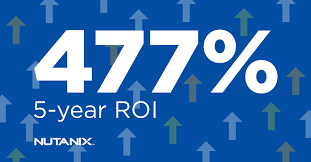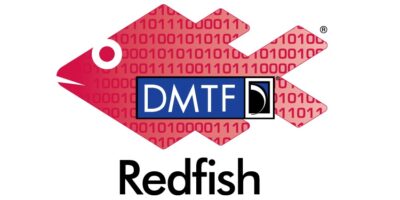TCO and its brother ROI, by most, are not considered to be sexiest of all subjects. Images of dusty analysts juggling large spreadsheets spring to mind.
Let me try and make it a bit more sexy.
80% of companies doing IT in the traditional way are burning money unnecessarily at tremendous rates. And they don’t even see they’re doing it! Let me explain.
TCO
TCO, or Total Cost of Ownership, is a measure of what it costs to run a service over it’s lifecycle. I’m consciously not naming any components or applications here. By defining things at too low a level, i.e. technically, you run the risk of missing what’s really important. You may need to store data, this however doesn’t necessarily mean you need a SAN, to name but one example. But I’m getting off track, sort of.
CapEx/OpEx
TCO is derived from combining two values, CapEx (Capital Expenditure) and OpEx (Operational Expenditure). Where CapEx is what it costs now to acquire a solution and OpEx is what it costs to run it over it’s lifetime.
For example, back in the day one would buy a mainframe, for say 1 million dollars. Software & applications often included, this would constitute to CapEx. Next the system would need to be powered, cooled, housed, and supported for the duration of its lifecycle, those costs would fall under OpEx.
In the early mainframe days the ratio between CapEx and OpEx would be 90-10, at the most.
These days a 20-80 ratio is more common. That’s right, 80% of the total cost of running your datacenter infrastructure is operational! This is where the real burning of money happens.
So a few questions spring to mind, why has this ratio changed over the years, and just as importantly, can we do anything about it?
Why?
The why question is easy to answer, if you look at infrastructure today, things have gotten increasingly complex. Where you used to have one box, from one vendor, who included the software, you now have at least 4 layers with often several layers stacked on top. A ‘modern’ stack would look something like this.
So let’s add up.
- Automation
- Orchestration
- Monitoring
- Self Service Portal
- Virtualisation layer
- Physical compute nodes
- Storage Area Network
- Storage Array
Apart from the increase in products, and with it CapEx, each product has it’s own OpEx since it requires management, training, etc. These are the direct costs.
The increased complexity of adding all these components together in a working fashion adds indirect costs as well.
Increased time for design and implementation, increases in operational issues due to added complexity, increased training and staff requirements to name but a few.
ROI
If we take all these direct and indirect costs into account and compare our current environment with some of the other options out there we can see when we start making money on the new system compared to what we were spending on the old one. This what we call ROI, or Return on Investment. A ROI in the first year can be a trigger for many companies to invest even when they initially state there is no budget!
So what to do?
Complexity it seems is the main resource killer here. Since we can’t get rid of complexity, it is hard work to service many different requirements after all, let’s automate it and make it invisible.
Let’s also create a framework where I still have choice in what components to use, so no lock-in, yet achieve complete predictability and control. Features like automation, orchestration, self service, capacity management, network visualisation, host based security, let’s include those in the package.
Let’s get back to 80-20 at least.
And don’t think ‘that’s expensive!’ when you see a quote and compare it to your traditional server cost. That’s the old you. The new you looks at the total cost and goes to see either boss or customer with a big smile on his face, knowing he can bring value!
Is that sexy enough for you?
P.S. If you haven’t done a TCO calculation before you’re very welcome to contact me directly of course. For true superhero level ROI stuff, check out @ROIdude on twitter.









